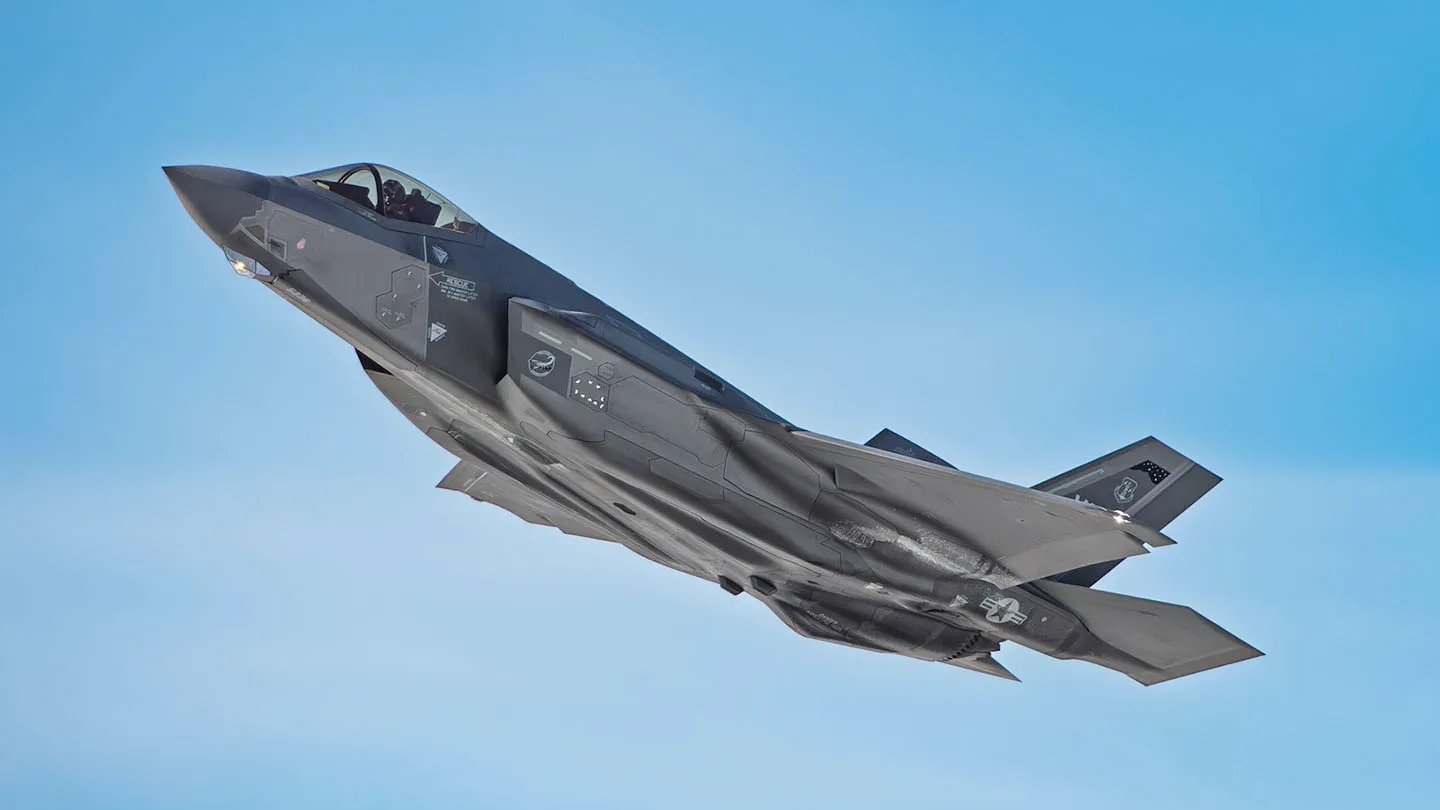USAF F-35As Have Arrived In The Caribbean

F-35A Joint Strike Fighters from the Vermont Air National Guard‘s 158th Fighter Wing have arrived at the former Roosevelt Roads Navy base in Puerto Rico to take part in Operation Southern Spear. The arrival of these jets is the latest buildup of U.S. forces in the region for the mission to pressure Venezuelan dictator Nicolas Maduro.
TWZ was the first to report that the 158th’s F-35As were being deployed to Southern Spear. You can catch up with our previous story about this operation here.
The jets were captured on video and in still images by airplane spotters. We reached out to the Vermont National Guard for comment.
F-35A operating in the Caribbean — the first USAF tactical jets to do so as part of this operation — offer the ability to drop 2,000lb-class guided bombs from their internal bays on targets deep inside Venezuelan airspace. The Marine Corps F-35Bs previously deployed to Puerto Rico are limited to carrying 1,000lb-class weapons internally. They also have significantly less range and reduced agility. Their presence in the region is part of the increasing evidence that the U.S. is preparing for strikes.
The F-35As join a growing air armada amassed for Southern Spear, including combat search and rescue (CSAR) aircraft, E/A-18G electronic warfare aircraft, MQ-9 Reaper drones, AC-130 Ghostrider gunships, and various helicopters already in the region.
Earlier this week, an E-3 Sentry Airborne Warning and Control System (AWACS) aircraft was tracked on the FlightRadar24 open source flight-tracking site flying close to the Venezuelan coast.
FlightRadar24 also showed a U.S. Navy F/A18E Super Hornet making repeated loops reportedly right on the outer edge of Venezuela’s northern airspace. In addition, two U.S. Navy E/A-18G Growler electronic warfare jets, two more Super Hornets, and an E-2D Advanced Hawkeye airborne early warning plane were tracked on FlightRadar24 flying close to the Venezuelan coast. There has been a notable uptick in such trackable flights recently.
In addition, the world’s largest aircraft carrier, the USS Gerald R. Ford, is also in the Caribbean. It has four squadrons of F/A-18 Super Hornets, a squadron of Growlers, a squadron of E-2D Advanced Hawkeye airborne command and control aircraft, MH-60S and MH-60R Seahawk helicopters, and a detachment of C-2A Greyhound carrier onboard delivery planes.
The arrival of the jets comes as the Trump administration continues to increase military and economic pressure on Maduro. Saturday, U.S. personnel boarded another oil tanker off the coast of Venezuela.
That action follows a blockade on sanctioned tankers ordered by President Donald Trump and marks at least the second such seizure. The U.S. had already seized one sanctioned oil tanker, the M/T Skipper. That mission, which occurred on December 10, was led by the U.S. Coast Guard with elements of the U.S. military providing support.
It remains unclear what, if any action, Trump will ultimately take against Venezuela. The arrival of the F-35As from Vermont gives him another range of capabilities to employ.
Contact the author: howard@thewarzone.com
